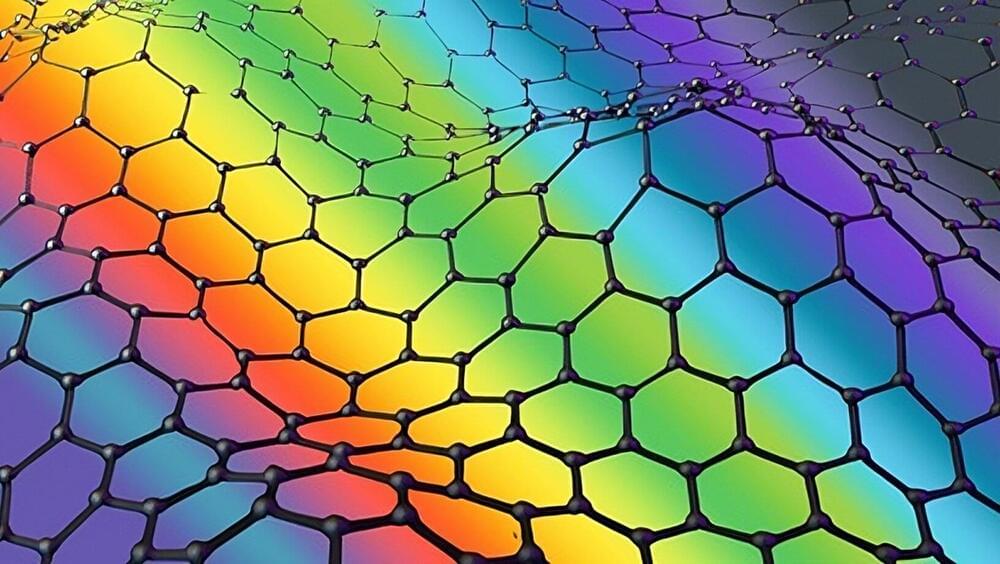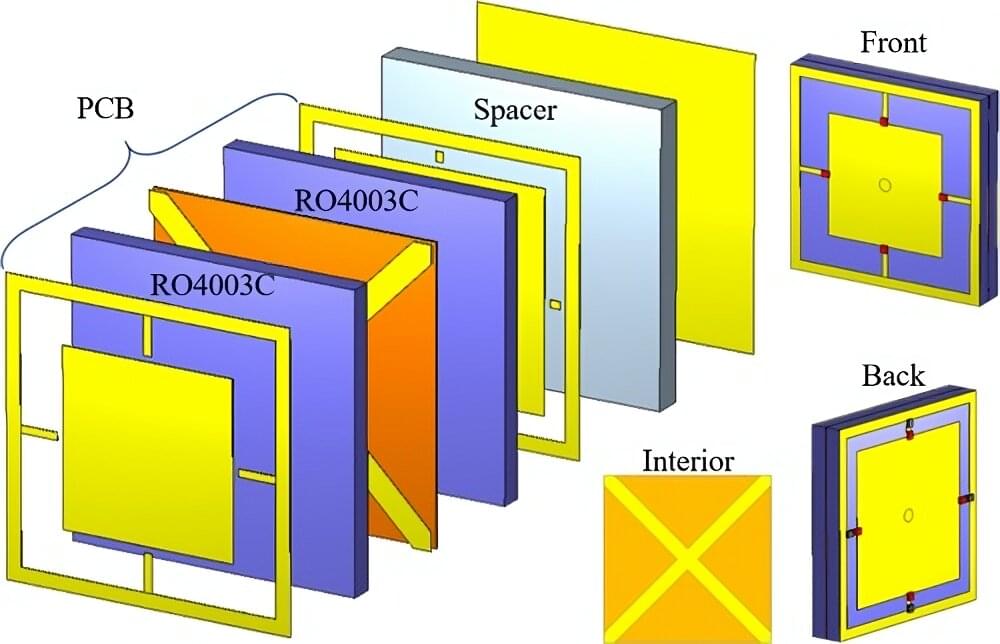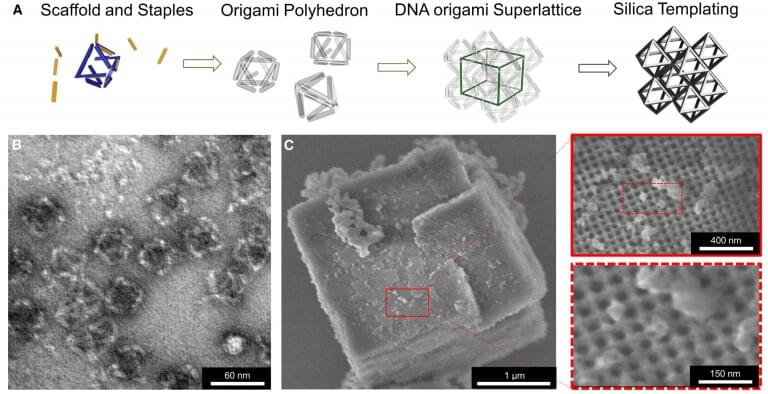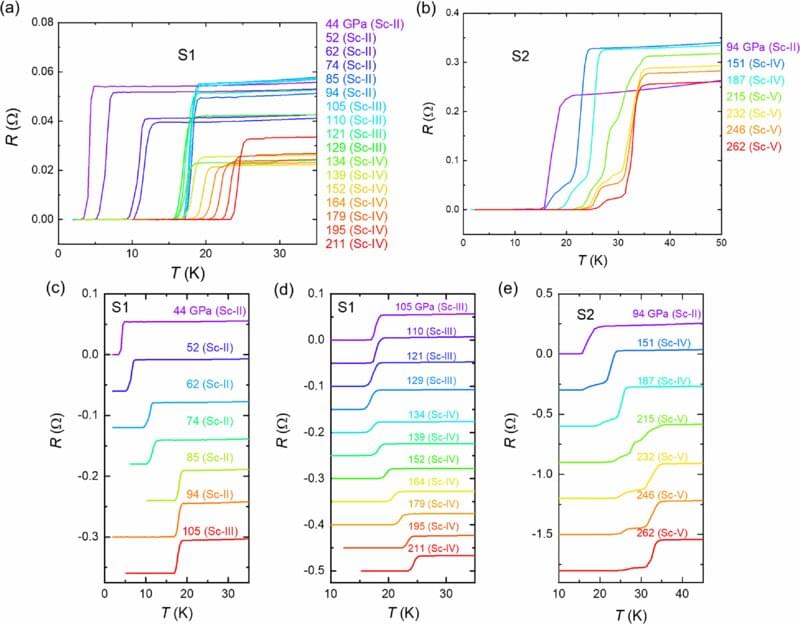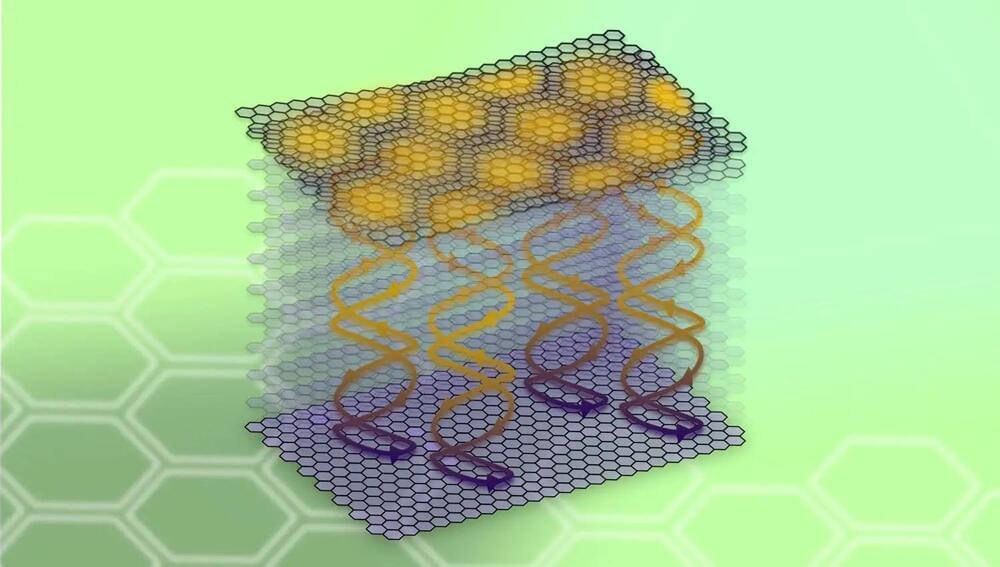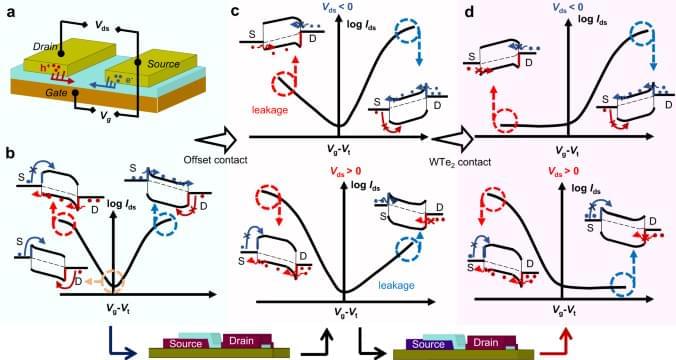Graphene is a two-dimensional wonder material that has been suggested for a wide range of applications in energy, technology, construction, and more since it was first isolated from graphite in 2004.
This single layer of carbon atoms is tough yet flexible, light but with high resistance, with graphene calculated to be 200 times more resistant than steel and five times lighter than aluminum.
Graphene may sound perfect, but it very literally is not. Isolated samples of this 2D allotrope aren’t perfectly flat, with its surface rippled. Graphene can also feature structural defects that can, in some cases, be deleterious to its function and, in other instances, can be essential to its chosen application. That means that the controlled implementation of defects could enable fine-tuning of the desired properties of two-dimensional crystals of graphene.
